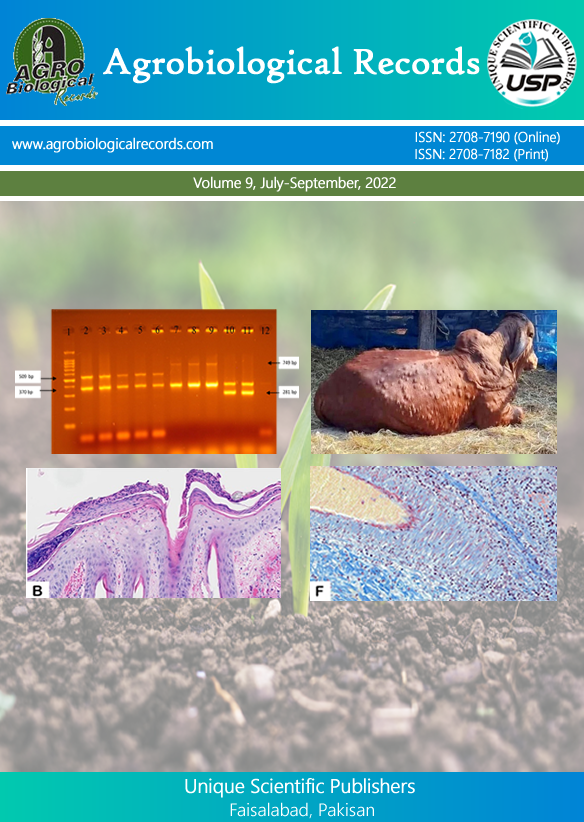
MY Jada , OA Zirafilla , MB Aji * and MY Adamu
Department of Crop Protection, Modibbo Adama University of Technology, Yola PMB, 2076 Nigeria
*Corresponding author: mahmudaji0420@gmail.com; obidahamos@gmail.com
Screen house experimentation was applied to examine the efficacy of bark dust of shea butter on Meloidogyne javanica infestation on tomatoes. This study mixed 10, 20, 30, 40, 50, and 60g bark powder of shea butter with 4kg sterilized soil in a plastic-pots. Non-modified pots acted as the control. Transplanted seedlings of tomato Cv Roma Vf at 21 days into each pot and each seedling was inoculated with 1,000 freshly hatched juveniles of M. javanica a week after transplanting. The experiment was carried out in a completely randomized design with three replications. Data were collected on growth, yield, and nematode parameters and analyzed using ANOVA. The results exhibited that all treatments significantly (P<0.05) lowered root galling and nematode numbers and enhanced plant growth and yield. It was important to note that application of 60g of shea butter bark powder at ten weeks after transplanting (WAT) rendered the highest plant height (51.67cm), heaviest cumulative fruit weight (2013g), galling index (1.00), nematode population in 100g of soil and 10g of roots (112.0 and 28.70) as compared with control treatment which recorded plant height (10.33cm), cumulative fruit weight (876.30g), galling index (4.00) nematode population in 100g of soil and 10g of root (1049.00 and 533.00). It was concluded that bark powder of shea butter has nematicidal potential. It was concluded that shea butter bark powder may be tried under field conditions to verify its effectiveness against M. javanica on tomatoes.